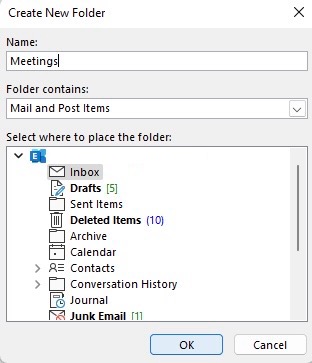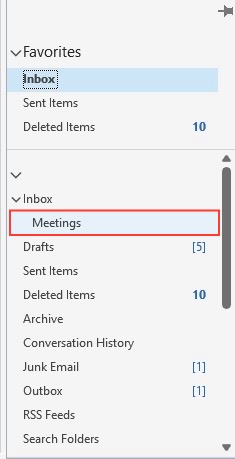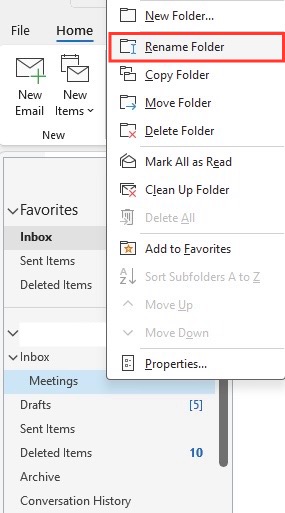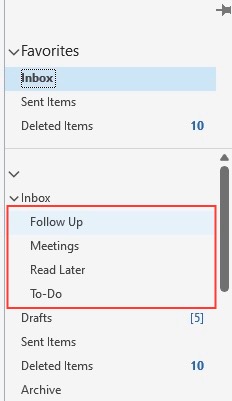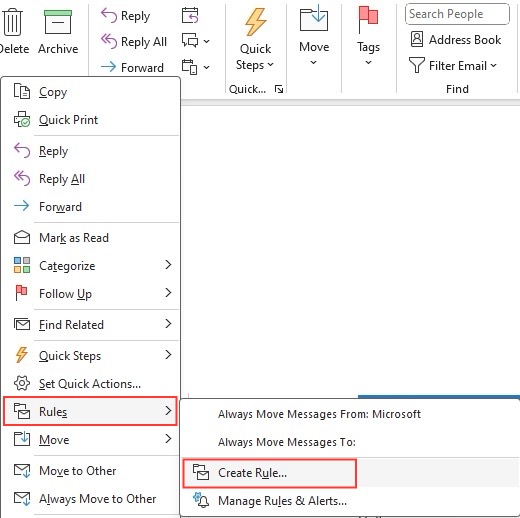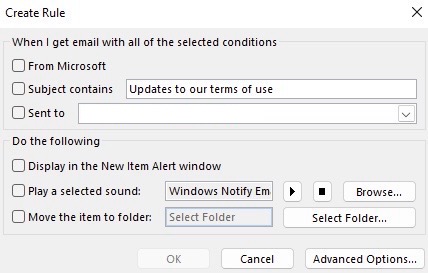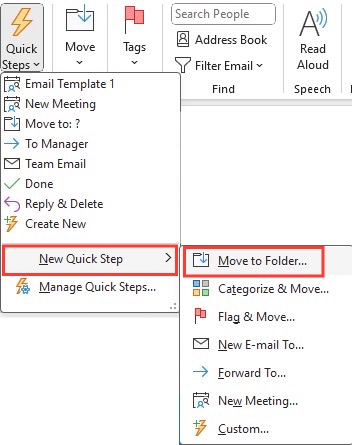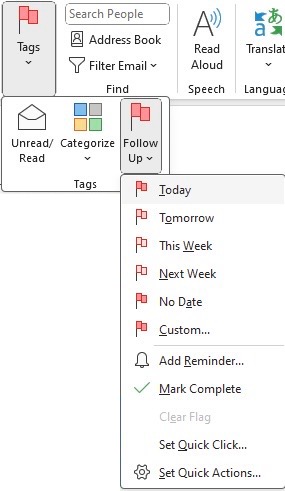In Outlook, staying organized is not just about keeping your inbox clean; it’s about ensuring efficient workflow. An organized inbox helps me stay on top of pressing tasks, prevents crucial emails from getting lost in the clutter, and generally reduces stress. If I did not organize my Outlook emails, I would waste precious time each day just trying to find important correspondence among the less pertinent ones.
Key Takeaways
- Create dedicated folders like “Follow Up,” “To-Do,” and “Read Later” to streamline the process of sorting and acting on emails, enabling you to handle similar tasks collectively and efficiently.
- Utilize Outlook’s folder tools to manually add emails to specific folders, set up rules for automatic sorting, and apply categories for additional organization layers to manage the daily average of 120 emails effectively.
- Maintain a well-structured and decluttered inbox by routinely renaming, moving, and deleting folders in Outlook, which helps in crafting a personalized hierarchy that aligns with your workflow and priorities.
Understanding the Basics of Microsoft Outlook
Before diving deep into organization strategies, I always make sure I’ve grasped the basics of Microsoft Outlook. At its core, Outlook is a powerful communication and organization tool that incorporates email management, calendaring, task scheduling, and more. Understanding how to effectively organize Outlook email folders start with the navigation pane, where emails, calendars, tasks, and contacts are accessible. I find that familiarizing myself with these aspects is critical to leveraging Outlook’s full potential for organizing my daily communications.
Table of Contents
Laying the Foundation for Outlook Folders
Starting with Folder Creation
When we begin with folder creation in Outlook, it’s quite straightforward. If I want to sort my emails for better management, I start by creating a new folder.
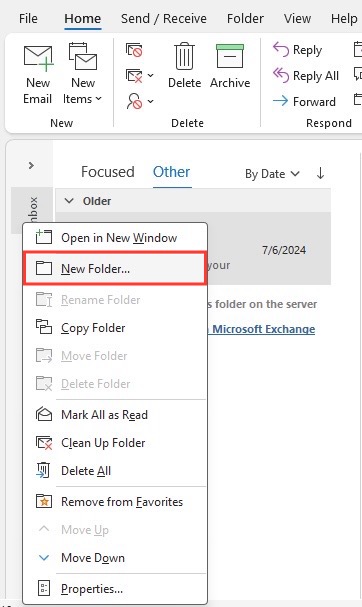
It’s as simple as right-clicking on my Inbox, selecting ‘New Folder’, and giving it a relevant name—maybe for a project I’m working on, or maybe for emails from a specific colleague.
This newly created folder will then appear in my folder pane, ready to store relevant emails and help me keep my inbox clutter-free.
Customizing and Managing Your Folder Structure
When it’s time to customize and manage my folder structure in Outlook, I’m always looking to create a system that aligns with my workflow. I rename folders for clarity, nest them to create a hierarchy, and sometimes, move them to make them more accessible. To rename a folder, I simply right-click it and select ‘Rename Folder’, and for nesting, I drag and drop a folder into another.
To move a folder up in my list for easier access, I might drag it to my ‘Favorites’ section. Regularly reviewing and updating my folder structure ensures it continues to serve my evolving organizational needs.
Elevate Your Email Productivity
Best Practices for Outlook Folder Organization
For the most efficient Outlook folder organization, I’ve learned to follow several best practices. Firstly, I categorize folders by action rather than the sender – this is pivotal. Using folders like “Follow Up,” “To-Do,” and “Read Later” allows me to process emails more systematically.
I also limit the number of folders I create to avoid over-complication. Archiving is another habit I practice; it keeps my main inbox tidy without deleting emails I may need to refer to later. Lastly, I review my folders periodically to delete or consolidate those that are no longer relevant.
Rules to Rule Your Inbox
Streamlining Workflow with Automated Rules
Streamlining my workflow with automated rules in Outlook is a game changer. I create rules to direct incoming emails to specific folders, mark messages from key contacts with high importance, or even delete unwanted emails automatically. Setting up these rules is something I do by right-clicking an email and selecting ‘Rules.’ From there, configuring filters based on my preferences is relatively straightforward. It’s incredibly efficient and it means I don’t have to manually sort through every email that hits my inbox – my rules take care of that for me.
Advanced Outlook Techniques: Quick Steps Explained
Quick Steps in Outlook are a robust feature that I use to automate repetitive email tasks with just one click. It saves me a significant amount of time and ensures I maintain consistency in my responses and organization. For example, I have a Quick Step to move emails to a project folder and mark them as read in one swift action.
Setting up a new Quick Step involves specifying the desired actions, such as forwarding to a colleague or categorizing as ‘Important’. With this tool, I’ve elevated my email management strategy, turning complex sequences of tasks into simple, executable shortcuts.
Taming the Outlook Beast: Practical Tips and Tricks
Prioritizing Emails with Flags and Reminders
Prioritizing emails in my Outlook inbox has been made significantly easier with the use of flags and reminders. I use flags to denote emails that require immediate attention or need a follow-up, which turns the flag icon red and triggers my memory every time I look at my inbox.
When I click on the flag or right-click to modify it, I can also add a specific reminder for the email, which will notify me at a pre-set time. This ensures I never miss an important email or deadline since the flagged emails also show up in my To-Do Bar, Tasks, and Daily Task List in the Calendar.
Keeping It Simple: Why Less Is Often More in Folder Creation
In my experience, adopting the principle of simplicity with Outlook folder creation has been essential. Creating too many folders leads to a complex system that requires excessive upkeep and decision-making, which can be more time-consuming than useful. I’ve learned it’s more efficient to have fewer, broadly categorized folders and to rely on Outlook’s powerful search function to locate specific emails. The search tools in Outlook mitigate the need for an overly complicated folder structure, allowing me to find emails quickly without sorting them into a myriad of folders.
Troubleshooting Common Outlook Organization Hiccups
Overcoming Challenges with Multiple IMAP Accounts
Handling multiple IMAP accounts in Outlook often presents a distinct challenge for organization, especially when each account has its own set of folders. However, I’ve discovered ways to overcome these challenges. Key strategies include consolidating similar folders across accounts, utilizing the ‘Favorites’ for easy access to frequently used folders, and carefully configuring account settings to ensure smooth synchronization. By treating all my accounts within Outlook as part of a unified system, I can maintain consistency in my organizational approach, which in turn saves time and reduces confusion.
Navigating New Outlook Updates That Impact Folder Management
Adjusting to new Outlook updates that impact folder management often requires patience and a willingness to embrace change. With each update, I take time to explore the fresh features or altered interfaces that might initially disrupt my routine. I’ve found that keeping an eye on the release notes provided by Microsoft is beneficial for a proactive adjustment. Moreover, if an update includes significant alterations to the folder management system, I utilize Outlook’s ‘Help’ section or community forums to ensure I’m leveraging the new tools to their fullest. Adaptability is crucial, as these updates are usually designed to enhance productivity in the long run.
FAQ: Mastering Your Outlook Inbox
How do I create a new email folder in Outlook?
To create a new email folder in Outlook, I just right-click my inbox or any existing folder and select ‘Create new folder’. After that, I type in a name for the folder and hit enter. It’s that simple, and it instantly appears in the sidebar, helping me keep organized.
What’s the difference between Outlook folders and categories?
The difference lies in their organization method; folders are used to separate emails into different locations within Outlook, like drawers in a filing cabinet. Categories are like color-coded labels that sort emails visually without moving them, so one email can belong to multiple categories at once.
Can I set rules for emails directed to my Spam folder instead of my Inbox?
Yes, I can set rules in Outlook to direct certain emails straight to the Spam folder. It involves creating a rule based on specific criteria such as sender, keywords, or subject to filter out unwanted emails.
How can I search within a specific folder using the Outlook Desktop App?
To search within a specific folder in the Outlook Desktop App, I click on the folder I want to search in, then use the search bar at the top. I ensure that the current folder is selected under ‘Search Tools’ to narrow my search.
John Michaloudis is a former accountant and finance analyst at General Electric, a Microsoft MVP since 2020, an Amazon #1 bestselling author of 4 Microsoft Excel books and teacher of Microsoft Excel & Office over at his flagship MyExcelOnline Academy Online Course.

